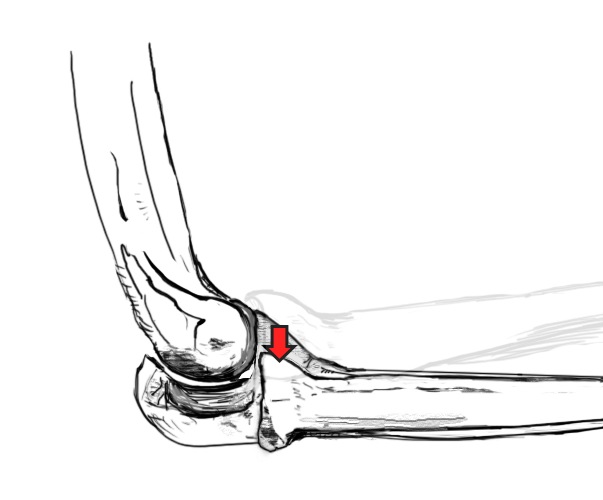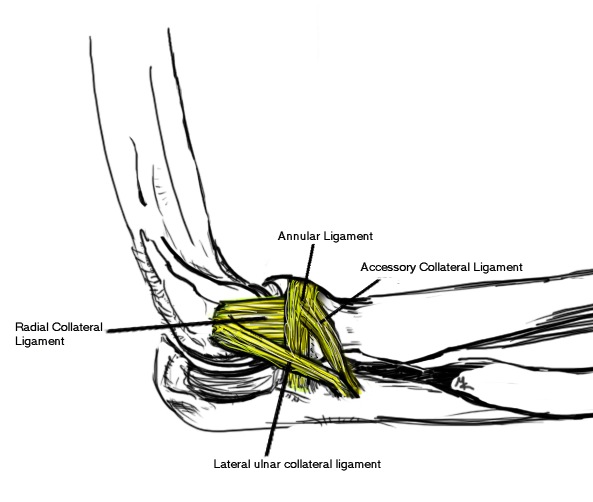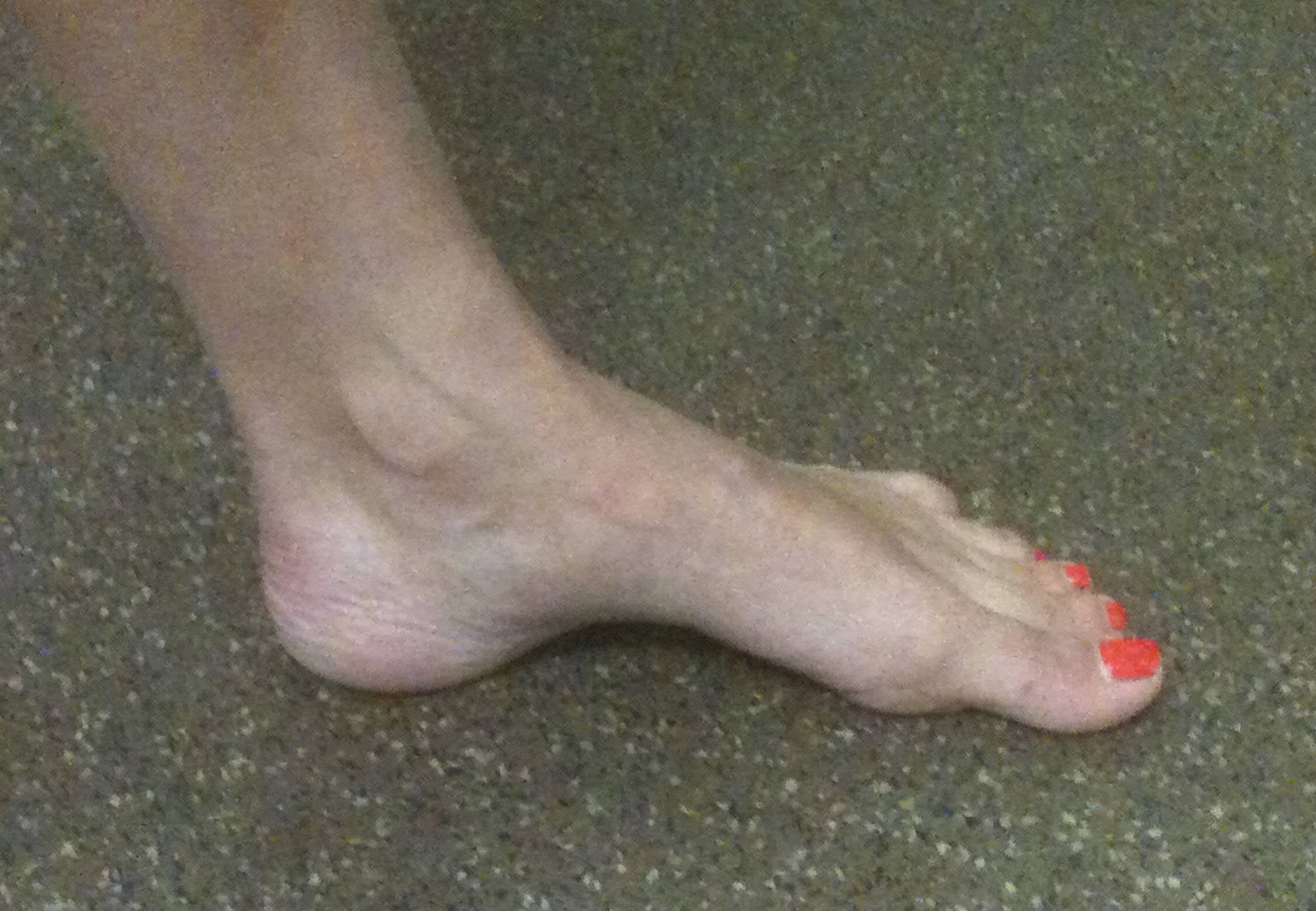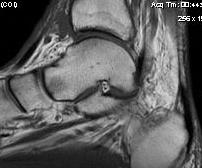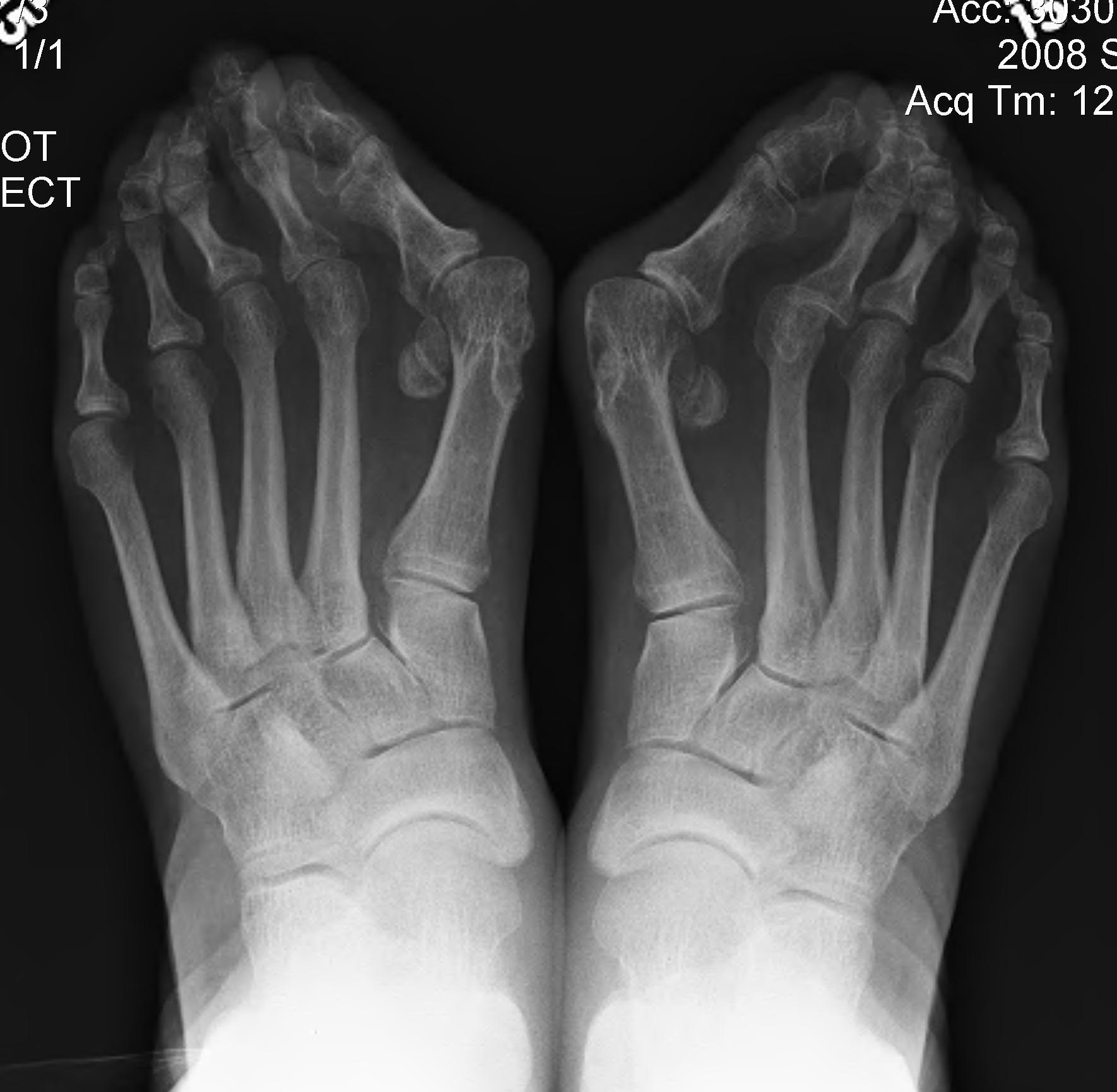Sportsman's Hernia
Definition
Groin pain in athletes
- secondary to tear in external oblique fascia
Epidemiology
Sports with aggressive adduction
- hockey / soccer
Pathology
Tears in external oblique fascia
- tend to be central
- around spermatic cord and ilioinguinal nerve
- pain may be from nerve entrapment
DDx
Adductor Longus Tear

